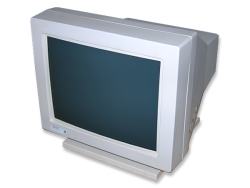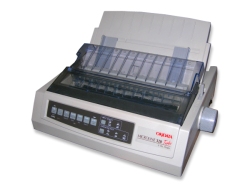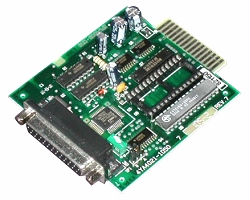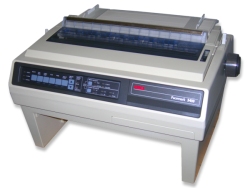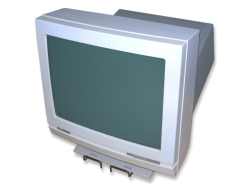|
Serial Communications and Parallel communications both define a way of transporation of data over networks.
In Serial devices: transmit data bit-after-bit, serially over time. When 8 bits are received, after 8 bit-times (plus a little extra for signal synchronization), they are assembled back into a byte and delivered to the software.
In Parallel communication: a word of some data length, say like 8 bits, travels all at once, along multiple parallel channels (one channel per bit position). At the receiver, an 8-bit byte is received every "bit time". In effect, you have 8 serial channels transmitting and receiving data simultaneously, making it (by definition) at least 8 times faster than a single serial channel using the same transceiver technology.
From a system perspective, you can also refer to "parallel" channels for redundancy of critical serial streams, where multiple identical copies of data are sent simultaneously, and the receiver decides which data is valid, often by "voting" after detecting errors in the data on one or more channels. In this case, the parallel channels provide no increase in data throughput (compared to a single error-free channel), other than by reducing the need for time-consuming re-transmissions when errors are detected. It is a trade-off between speed and reliability.
|








